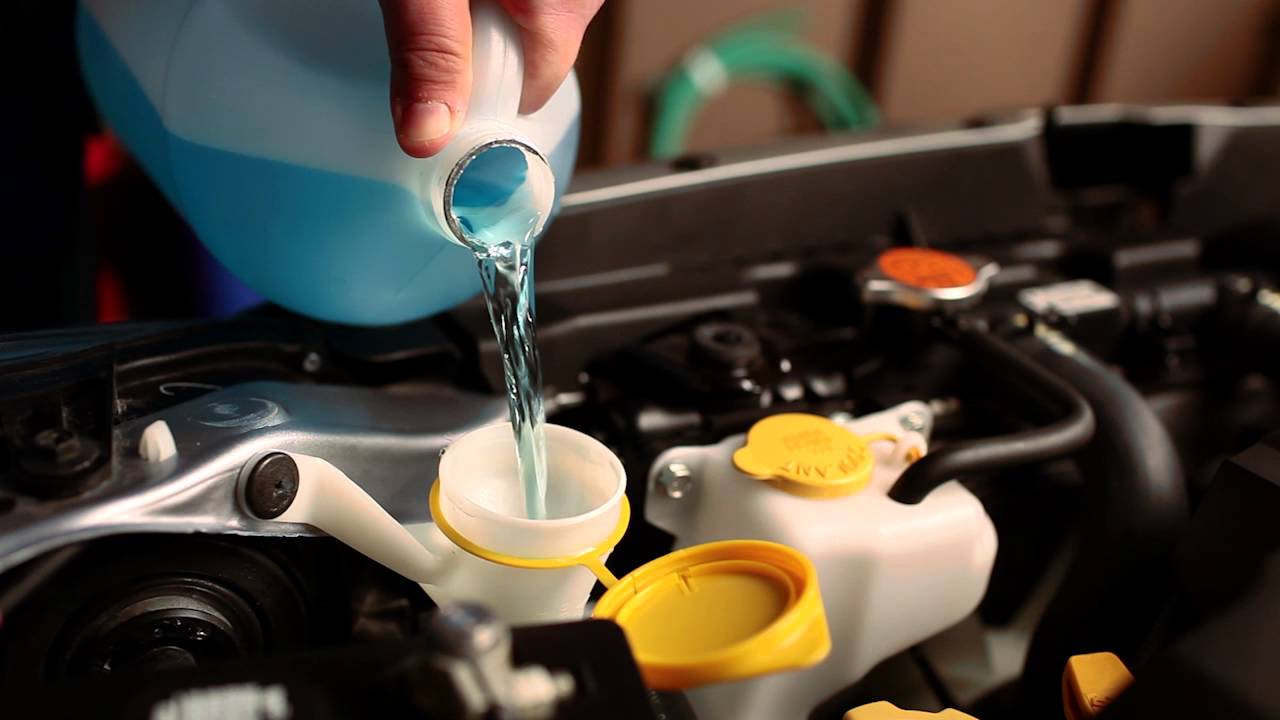

Articles
How To Thaw Frozen Washer Fluid Lines
Modified: February 28, 2024
Learn how to thaw frozen washer fluid lines with these helpful articles. Keep your car running smoothly even in freezing temperatures.
(Many of the links in this article redirect to a specific reviewed product. Your purchase of these products through affiliate links helps to generate commission for Storables.com, at no extra cost. Learn more)
Introduction
During the cold winter months, many car owners encounter the frustrating issue of frozen washer fluid lines. This problem can lead to a lack of visibility and make driving in icy conditions even more dangerous. Knowing how to properly thaw these frozen lines is crucial for maintaining a safe and functional vehicle.
In this article, we will explore the reasons why washer fluid lines freeze, the signs indicating that your lines are frozen, and most importantly, the methods to effectively thaw them. We will also discuss some safety precautions to keep in mind while handling the thawing process.
So let’s dive in and learn how to thaw frozen washer fluid lines and get back on the road with clear visibility.
Key Takeaways:
- Thawing frozen washer fluid lines requires safety precautions, such as turning off the engine and using heat sources carefully. Methods include using a hairdryer, warm water, a heat gun, or a portable heater.
- Prevent future freezing by using winter-grade washer fluid, insulating the reservoir, warming the car before use, and sealing gaps. Regular maintenance and antifreeze additives also help maintain clear visibility in cold weather.
Read more: How To Thaw Frozen Ice Maker Water Line
Why are washer fluid lines freezing?
Understanding why washer fluid lines freeze is essential in finding effective solutions to the problem. There are a few key reasons why this happens:
- Low temperatures: The primary cause of frozen washer fluid lines is the extremely cold weather. When temperatures dip below freezing, the fluid inside the lines can freeze, rendering them unable to function properly. Additionally, prolonged exposure to low temperatures can cause the fluid to freeze even when the car is not in use.
- Improper fluid mixture: Another factor that contributes to frozen washer fluid lines is using a washer fluid mixture that is not suited for colder temperatures. Many commercially available washer fluids are designed to withstand freezing temperatures, but if the mixture in your reservoir is diluted or contains a higher water content, it is more prone to freezing.
- Inadequate insulation: Another common reason for frozen washer fluid lines is inadequate insulation. If the lines are not properly insulated or shielded from the cold, they are more susceptible to freezing. This can occur when there are gaps or cracks in the vehicle’s bodywork, allowing cold air to reach the lines directly.
It is important to note that different regions experience varying levels of cold temperatures. Therefore, the likelihood of washer fluid lines freezing will depend on the climate and the level of exposure to cold conditions. In areas with extremely low temperatures, it is crucial to take extra precautions to prevent freezing.
Now that we understand the reasons behind frozen washer fluid lines, let’s explore the signs that indicate your washer fluid lines are frozen.
Signs of frozen washer fluid lines
When your vehicle’s washer fluid lines are frozen, you might notice several telltale signs. By being aware of these signs, you can quickly identify the issue and take the necessary steps to address it. Here are some common symptoms of frozen washer fluid lines:
- No fluid spray: The most obvious sign of frozen washer fluid lines is the lack of fluid spray when you activate the windshield washer system. Instead of a steady stream of washer fluid, you may hear the wipers moving but not see any fluid on the windshield.
- Weird noises: In some cases, you may hear unusual sounds when trying to use the windshield washer. This could include grinding, humming, or whirring noises, indicating that the washer pump is struggling to push fluid through the frozen lines.
- Nozzle blockage: Upon inspection, you may find that the nozzle where the washer fluid is sprayed onto the windshield is blocked or clogged with ice. This can prevent the fluid from reaching the windshield surface, further confirming the presence of frozen lines.
- Fluid leakage: Occasionally, frozen washer fluid lines can cause leaks. When the lines expand due to freezing, they may develop cracks or weak spots that result in fluid leakage. If you notice fluid pooling beneath your vehicle when attempting to use the washer system, it could be a sign of frozen lines.
- Evidence of ice: Lastly, if you suspect that your washer fluid lines are frozen, you can visually inspect the lines for any signs of ice accumulation. Look for frost or ice formations on the lines, particularly in areas exposed to the outside elements, such as near the washer fluid reservoir or along the path of the lines.
If you notice any of these signs, it is crucial not to force the washer system, as it can damage the components or exacerbate the issue. Instead, continue reading to learn how to safely thaw frozen washer fluid lines.
Safety precautions
Thawing frozen washer fluid lines requires caution and adherence to safety measures to prevent any accidents or damage to your vehicle. Before attempting any thawing methods, keep the following safety precautions in mind:
- Turn off the engine: Before attempting to thaw frozen washer fluid lines, make sure to turn off the engine and allow it to cool down. This will minimize the risk of burns and other potential hazards.
- Protect your hands and eyes: Safety goggles and gloves should be worn to protect your eyes and hands from any potential splashing or contact with hot water or chemicals.
- Use caution with heat sources: Whether you’re using a hairdryer, heat gun, or portable heater, exercise caution to avoid damage to your vehicle or other surrounding components. Ensure that the heat source is not placed too close to the washer fluid lines to prevent melting or warping of any nearby parts.
- Avoid using boiling water: While warm water can be effective in thawing frozen washer fluid lines, never use boiling water. Boiling water can cause rapid expansion and potentially damage the lines or other components in the process.
- Follow manufacturer guidelines: If you are using a specific product or method for thawing, such as a de-icing windshield washer fluid, carefully read and follow the manufacturer’s instructions to ensure proper usage and prevent any negative effects on your vehicle.
- Keep flammable materials away: Avoid using heat sources or open flames near any flammable materials, such as gasoline or other chemicals. This can reduce the risk of accidental fires or explosions.
- Consult a professional: If you are unsure about how to safely thaw frozen washer fluid lines or encounter any difficulties, it is best to consult a professional mechanic or technician who can provide expert assistance.
By following these safety precautions, you can ensure a safe and smooth thawing process while minimizing the risk of harm to yourself or your vehicle. Next, let’s explore the various methods for thawing frozen washer fluid lines.
Methods for thawing frozen washer fluid lines
When faced with frozen washer fluid lines, you have several methods at your disposal to effectively thaw them. Let’s take a look at some of the most common and effective methods:
- Using a hairdryer: One of the simplest and readily available methods is to use a hairdryer. Set the hairdryer to a medium heat setting and carefully direct the warm air towards the frozen lines. Move the hairdryer along the length of the lines to evenly distribute the heat and gradually melt the ice.
- Using warm water: Another method involves using warm water to thaw the frozen lines. Fill a container with warm water and carefully pour it over the frozen sections of the washer fluid lines. The warm water will help melt the ice and restore proper fluid flow. However, make sure the water is not boiling hot to prevent any damage to the lines or nearby components.
- Using a heat gun: For more stubborn frozen lines, a heat gun can be used. Set the heat gun to a low or medium setting and carefully apply heat to the frozen areas. Keep the heat gun moving to prevent localized heat damage, and be cautious not to use excessive heat as it can potentially melt plastic or rubber components.
- Using a portable heater: If you have access to a portable heater or a heat source like a space heater, position it near the frozen washer fluid lines. Make sure the heater is kept at a safe distance and does not pose a fire hazard. Allow the heater to gradually raise the temperature around the lines, helping to thaw the frozen sections.
- De-icing windshield washer fluid: An alternative method is to use de-icing windshield washer fluid, which is specifically designed to prevent freezing in cold temperatures. If the fluid in your vehicle’s reservoir is not frozen, add de-icing washer fluid and operate the washer system to flush out any ice blockages in the lines. This method may take longer to thaw the lines completely, but it can help prevent future freezing.
It’s important to note that not all methods may be suitable for every situation. The effectiveness of each method may vary depending on the severity of the freezing and the materials used in your vehicle’s washer fluid lines. It’s recommended to start with the simplest methods, such as a hairdryer or warm water, before moving on to more intensive methods.
With these thawing methods in mind, let’s now explore some preventive measures to keep your washer fluid lines from freezing in the future.
Read more: How To Thaw Frozen Plumbing Pipes
Using a hairdryer
Using a hairdryer is a straightforward and effective method for thawing frozen washer fluid lines. Here’s how to do it:
- Start by locating the frozen sections of the washer fluid lines. Typically, these sections are near the washer fluid reservoir or along the path of the lines towards the windshield.
- Plug in the hairdryer and set it to a medium heat setting. Make sure to keep it a safe distance away from any flammable objects or materials.
- Hold the hairdryer and direct the warm air towards the frozen sections of the lines. Move the hairdryer back and forth along the length of the lines to evenly distribute the heat and gradually melt the ice.
- Continue applying heat until the ice has melted and the fluid is flowing freely through the lines. You can test this by activating the windshield washer system and observing if the fluid sprays onto the windshield.
- Once the lines are thawed, turn off the hairdryer and disconnect it from the power source.
It’s important to exercise caution while using a hairdryer. Keep the hairdryer at a safe distance from the lines and avoid overheating them, as this can cause damage. Additionally, ensure that the hairdryer is not exposed to any moisture or water to prevent electrical hazards.
Remember, using a hairdryer is most effective for smaller portions of frozen washer fluid lines. If you are dealing with more severe freezing, it might be necessary to explore alternative methods or seek professional assistance.
By following these steps and using a hairdryer correctly, you should be able to successfully thaw the frozen washer fluid lines and restore proper functionality.
Now that you’re familiar with one of the methods for thawing frozen washer fluid lines, let’s explore another popular method: using warm water.
Use a hairdryer or warm towels to gently heat the frozen washer fluid lines. Avoid using hot water, as it can crack the lines.
Using warm water
Using warm water is an effective method for thawing frozen washer fluid lines. Here’s how you can use this method:
- Begin by preparing a container of warm water. The water should be comfortably warm, but not boiling hot. Boiling water can cause rapid expansion and potentially damage the lines.
- Locate the frozen sections of the washer fluid lines. These sections are typically near the washer fluid reservoir or along the path of the lines leading to the windshield.
- Carefully pour the warm water over the frozen sections of the lines. Ensure that the water makes direct contact with the frozen areas, allowing it to seep into the ice and initiate the thawing process.
- Continue pouring the warm water until the ice has completely melted and the fluid is flowing freely through the lines. You can test this by activating the windshield washer system and observing if the fluid sprays onto the windshield.
- Once the lines are thawed, dispose of the water properly, and dry any excess water to prevent further freezing or moisture-related issues.
It’s important to note that while using warm water is effective for thawing frozen washer fluid lines, you must exercise caution to avoid any potential damage. Make sure the water is not boiling hot, as this can cause thermal shock or damage to the lines or nearby components.
Furthermore, after using warm water to thaw the lines, it’s crucial to determine why the lines froze in the first place. Consider adjusting the washer fluid mixture to one that is designed for colder temperatures, or ensure that the vehicle is properly insulated to prevent future freezing.
Now that you’re familiar with the method of using warm water to thaw frozen washer fluid lines, let’s explore another popular method: using a heat gun.
Using a heat gun
Using a heat gun is an effective method for thawing frozen washer fluid lines, particularly for more stubborn ice build-up. Follow these steps to safely use a heat gun:
- Start by locating the frozen sections of the washer fluid lines. These sections are typically near the washer fluid reservoir or along the path of the lines leading to the windshield.
- Ensure that the heat gun is set to a low or medium heat setting. This will prevent excessive heat that could damage the lines or surrounding components.
- Hold the heat gun at a safe distance from the frozen sections of the lines. Keep the heat gun moving continuously to prevent localized overheating or damage.
- Direct the heat gun towards the frozen sections and evenly distribute the heat along the length of the lines. The heat will gradually melt the ice, allowing the fluid to flow freely.
- Continue applying heat until the ice has completely melted and the fluid is flowing through the lines. You can test this by activating the windshield washer system and observing if the fluid sprays onto the windshield.
- Once the lines are thawed, turn off the heat gun and allow it to cool down before storing it safely.
It’s important to exercise caution while using a heat gun. Keep the heat gun at a safe distance from the lines and avoid overheating them, as this can cause damage to the lines or nearby components. Additionally, always follow the manufacturer’s guidelines and recommendations for operating the heat gun safely.
Remember, using a heat gun is a more intensive method for thawing frozen washer fluid lines. It is important to assess the severity of the ice build-up and consider using this method when other methods, such as using a hairdryer or warm water, have not been effective.
Now that you’re familiar with using a heat gun to thaw frozen washer fluid lines, let’s explore another popular method: using a portable heater.
Using a portable heater
Using a portable heater is an effective method for thawing frozen washer fluid lines, especially when dealing with large sections of ice buildup. Here’s how you can use this method:
- Start by positioning the portable heater near the frozen sections of the washer fluid lines. Ensure that the heater is kept at a safe distance to prevent any damage to the lines or surrounding components.
- Set the portable heater to a moderate heat setting. This will gradually raise the temperature around the frozen sections and initiate the thawing process.
- Allow the portable heater to run for some time, ensuring that the warm air reaches the frozen sections of the lines continuously.
- Monitor the thawing progress by checking for signs of melting and fluid flow. You can activate the windshield washer system to test if the fluid sprays onto the windshield.
- Once the ice has completely melted, turn off the portable heater and disconnect it from the power source.
When using a portable heater, it’s important to ensure proper ventilation in the area to prevent the accumulation of fumes. Additionally, exercise caution to avoid any contact between the heater and flammable objects or materials.
Using a portable heater is an effective method for larger sections of ice buildup or persistent frozen washer fluid lines. This method provides the necessary heat to gradually thaw the lines and restore proper fluid flow.
Now that you’re familiar with using a portable heater, you have another method to tackle frozen washer fluid lines. However, it’s important to remember that prevention is key. Let’s explore some preventive measures to avoid washer fluid lines from freezing in the future.
Read more: How To Thaw A Frozen Car Door Lock
Preventing washer fluid lines from freezing in the future
To avoid the frustration and inconvenience of frozen washer fluid lines, there are preventive measures you can take to minimize the likelihood of freezing. Follow these tips to prevent washer fluid lines from freezing in the future:
- Use winter-grade washer fluid: During the colder months, switch to a winter-grade windshield washer fluid that is specifically designed to withstand freezing temperatures. These fluids have a lower freezing point, reducing the chances of your washer fluid lines freezing.
- Check the fluid level: Regularly check the level of washer fluid in your vehicle’s reservoir. Ensure that it is always topped up to have an ample supply of fluid that can help prevent freezing.
- Keep the washer fluid reservoir insulated: Insulate the washer fluid reservoir with materials like foam or insulation pads to help retain heat and prevent the fluid from freezing. This is especially important if the reservoir is exposed to cold air or located in an area prone to freezing.
- Warm the car before use: Before driving in cold temperatures, allow your vehicle’s engine to warm up for a few minutes. This will help raise the overall temperature of the vehicle, including the washer fluid lines, reducing the risk of freezing.
- Keep the windshield clean: Regularly clean your windshield to remove any dirt, grime, and salt residue that can impede proper fluid flow. Clean windshields allow the washer fluid to distribute evenly and prevent freezing.
- Park the vehicle in a garage: Whenever possible, park your vehicle in a garage or covered area to protect it from extreme cold temperatures. This will help keep the entire vehicle, including the washer fluid lines, at a higher temperature.
- Seal any gaps or cracks: Inspect your vehicle for any gaps or cracks around the bodywork that can allow cold air to reach the washer fluid lines directly. Seal these gaps to prevent exposure to freezing temperatures.
- Use washer fluid antifreeze additives: Consider using washer fluid antifreeze additives that can be mixed with your regular washer fluid. These additives lower the freezing point of the fluid, offering an additional layer of protection against freezing.
- Perform regular maintenance: Regularly maintain your vehicle, ensuring that all components are in proper working condition. This includes checking for any leaks or damage to the washer fluid lines that can contribute to freezing.
By implementing these preventive measures, you can significantly reduce the risk of washer fluid lines freezing and ensure proper visibility during the cold winter months.
Now that you’re equipped with the knowledge to prevent future freezing, let’s summarize what we’ve covered in this article.
Conclusion
Thawing frozen washer fluid lines is a common challenge faced by car owners during the winter months. It can lead to reduced visibility and make driving more hazardous. By understanding the causes of frozen washer fluid lines, recognizing the signs, and knowing how to effectively thaw them, you can ensure a safe and functional vehicle.
In this article, we explored the reasons why washer fluid lines freeze, including low temperatures, improper fluid mixture, and inadequate insulation. We also discussed the signs that indicate your lines are frozen, such as the lack of fluid spray, nozzle blockage, or fluid leakage.
When attempting to thaw frozen washer fluid lines, it’s crucial to prioritize safety. Take precautions like turning off the engine, protecting your hands and eyes, and using caution with heat sources. Methods for thawing frozen lines include using a hairdryer, warm water, a heat gun, or a portable heater.
To prevent future freezing, it’s advisable to use winter-grade washer fluid, check the fluid level regularly, keep the reservoir insulated, warm the car before use, and seal any gaps or cracks in the vehicle’s bodywork. Additionally, using washer fluid antifreeze additives and performing regular maintenance are essential preventive measures.
Remember, each vehicle and situation may require different methods and preventive measures. It’s always recommended to refer to your vehicle’s manual or seek professional assistance if needed.
By following the tips and methods outlined in this article, you can keep your washer fluid lines from freezing and maintain clear visibility on the road. Stay safe and drive with confidence, even in the coldest of winter weather!
Frequently Asked Questions about How To Thaw Frozen Washer Fluid Lines
Was this page helpful?
At Storables.com, we guarantee accurate and reliable information. Our content, validated by Expert Board Contributors, is crafted following stringent Editorial Policies. We're committed to providing you with well-researched, expert-backed insights for all your informational needs.
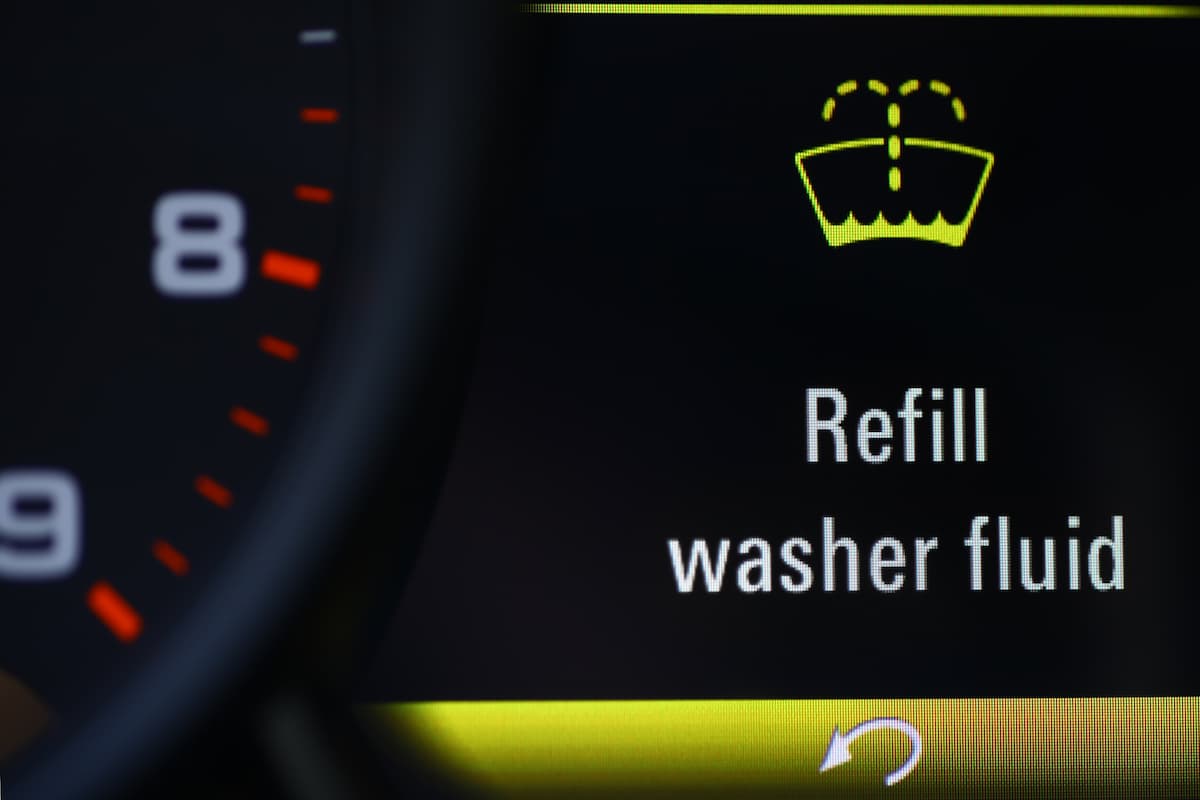
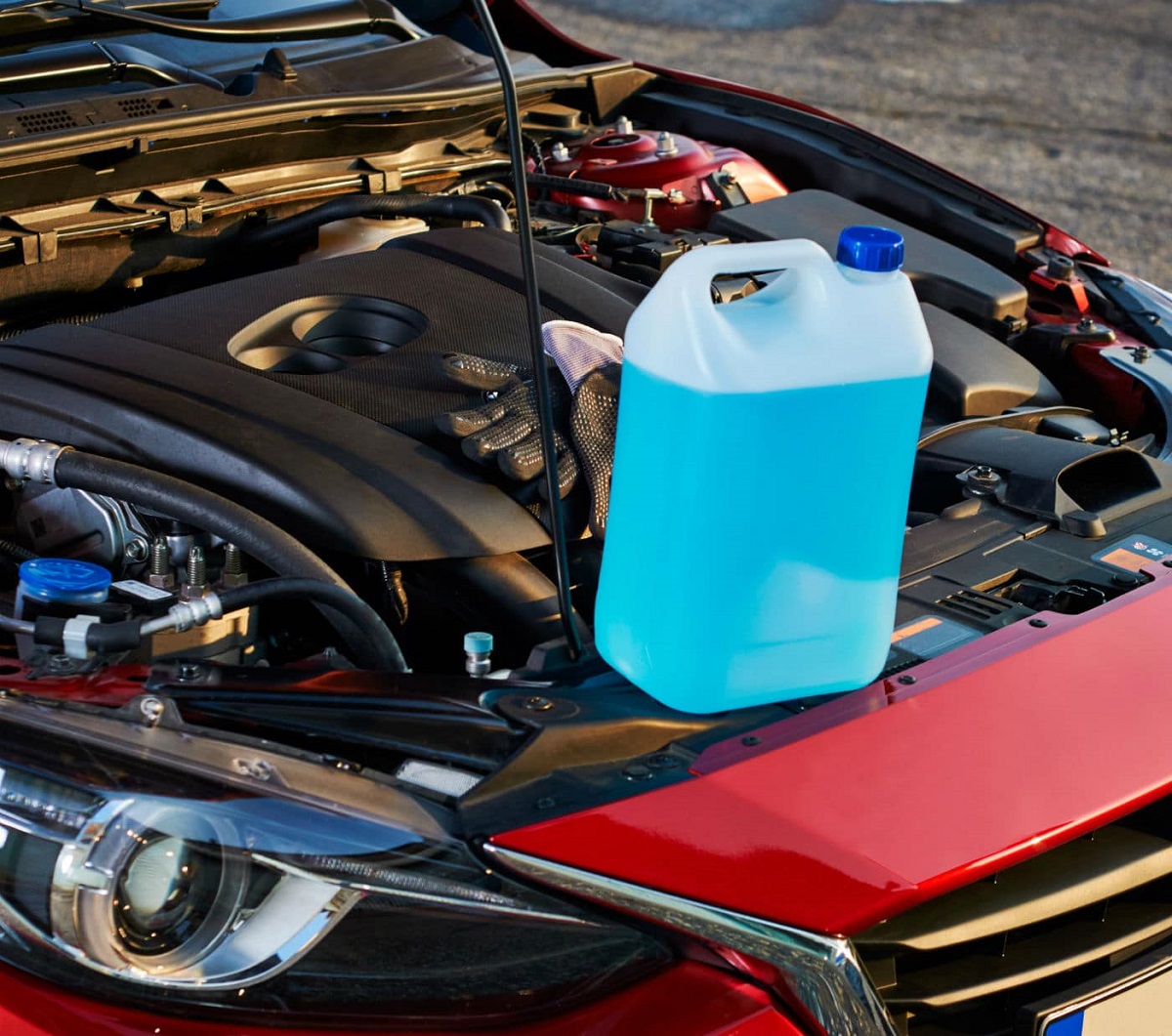


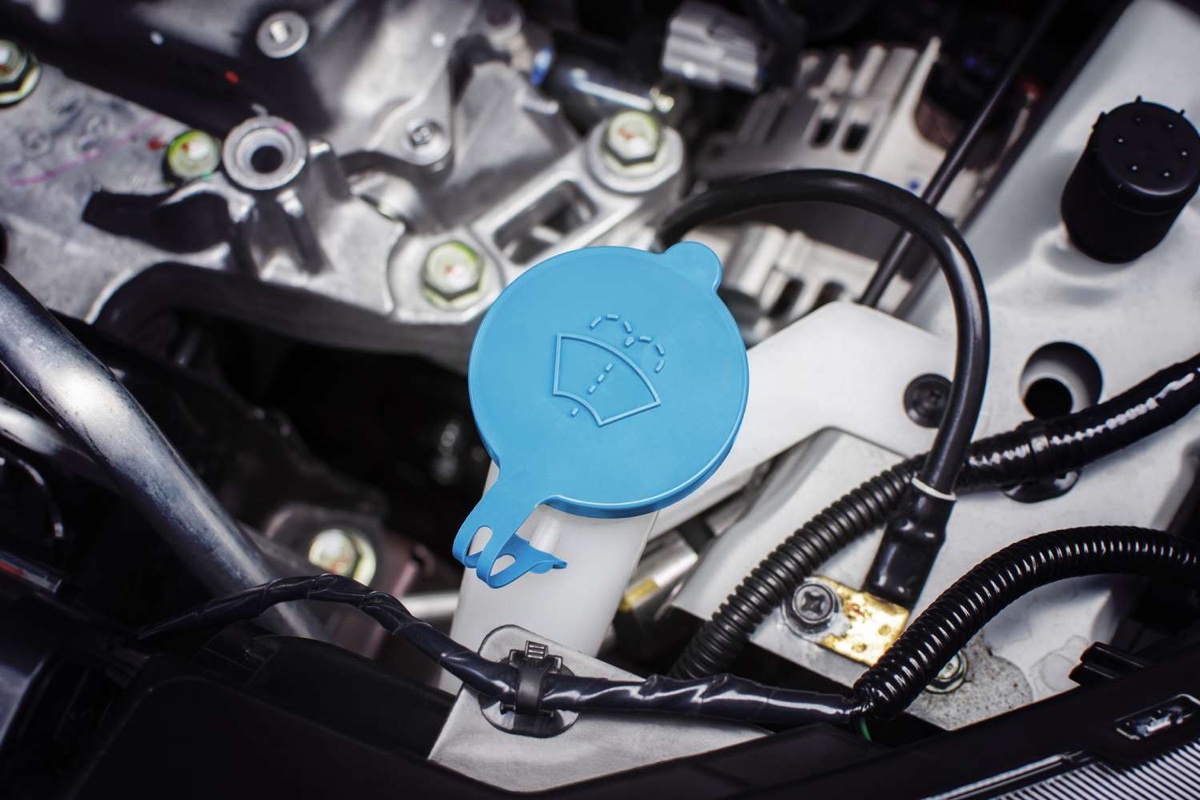
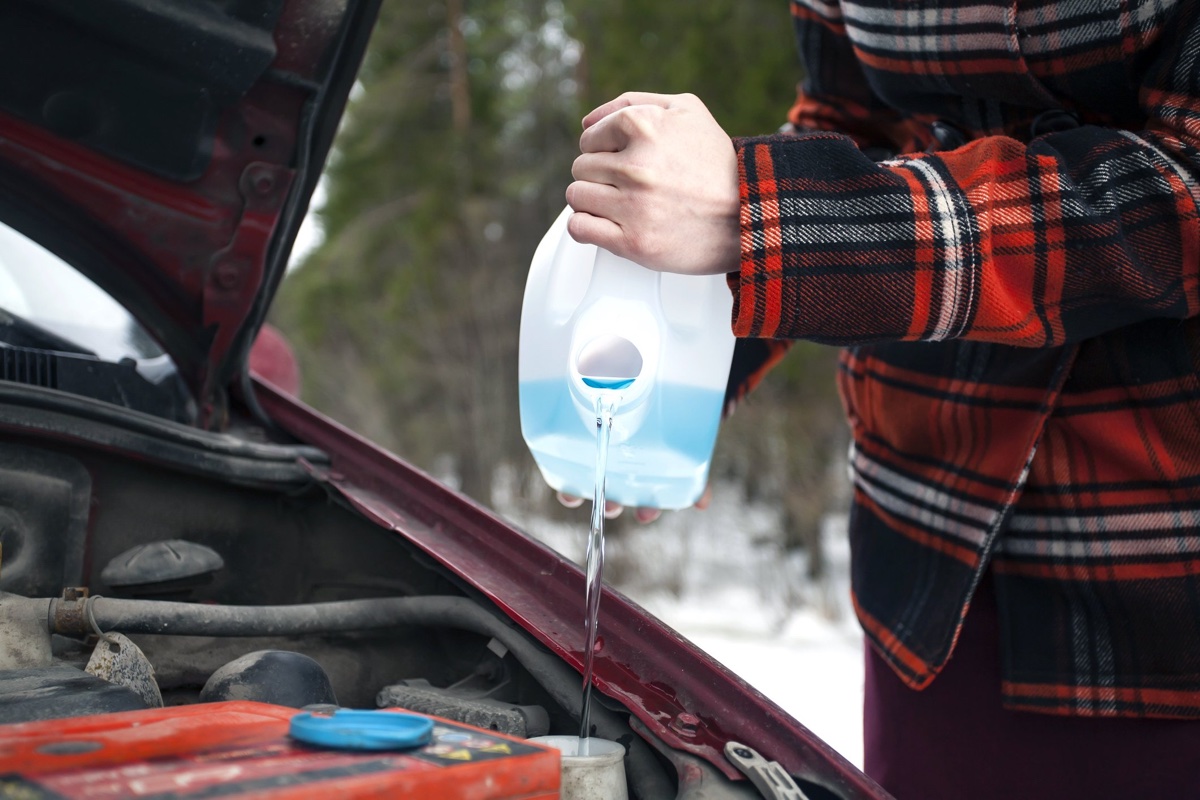
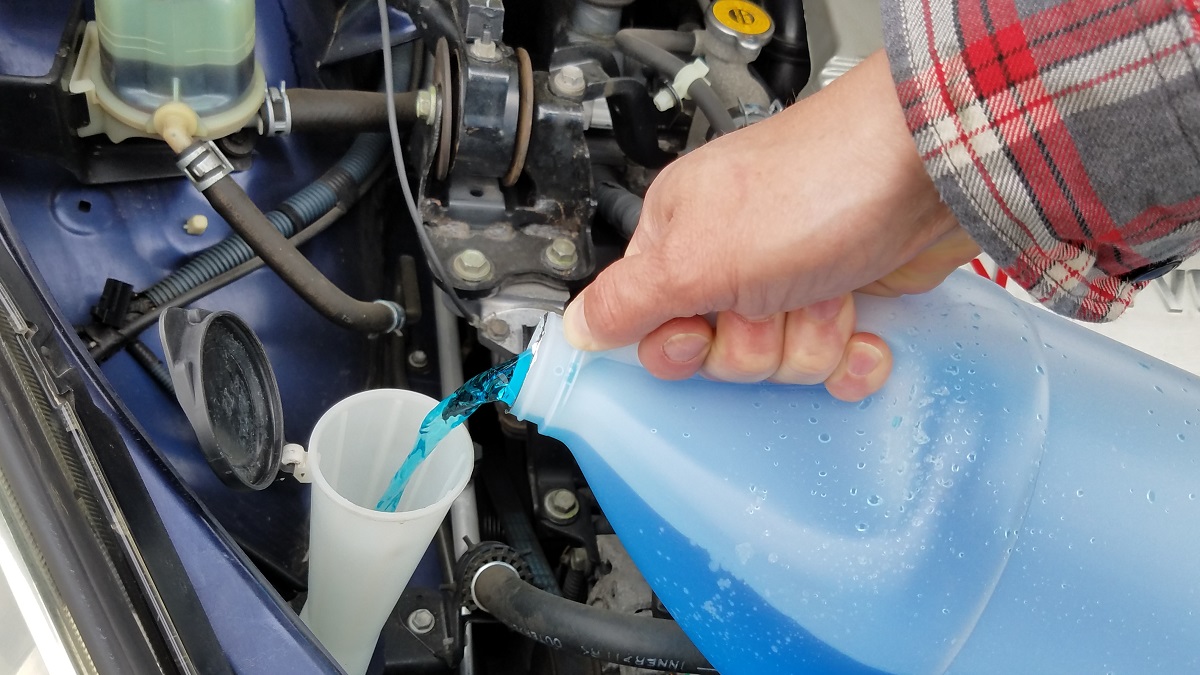

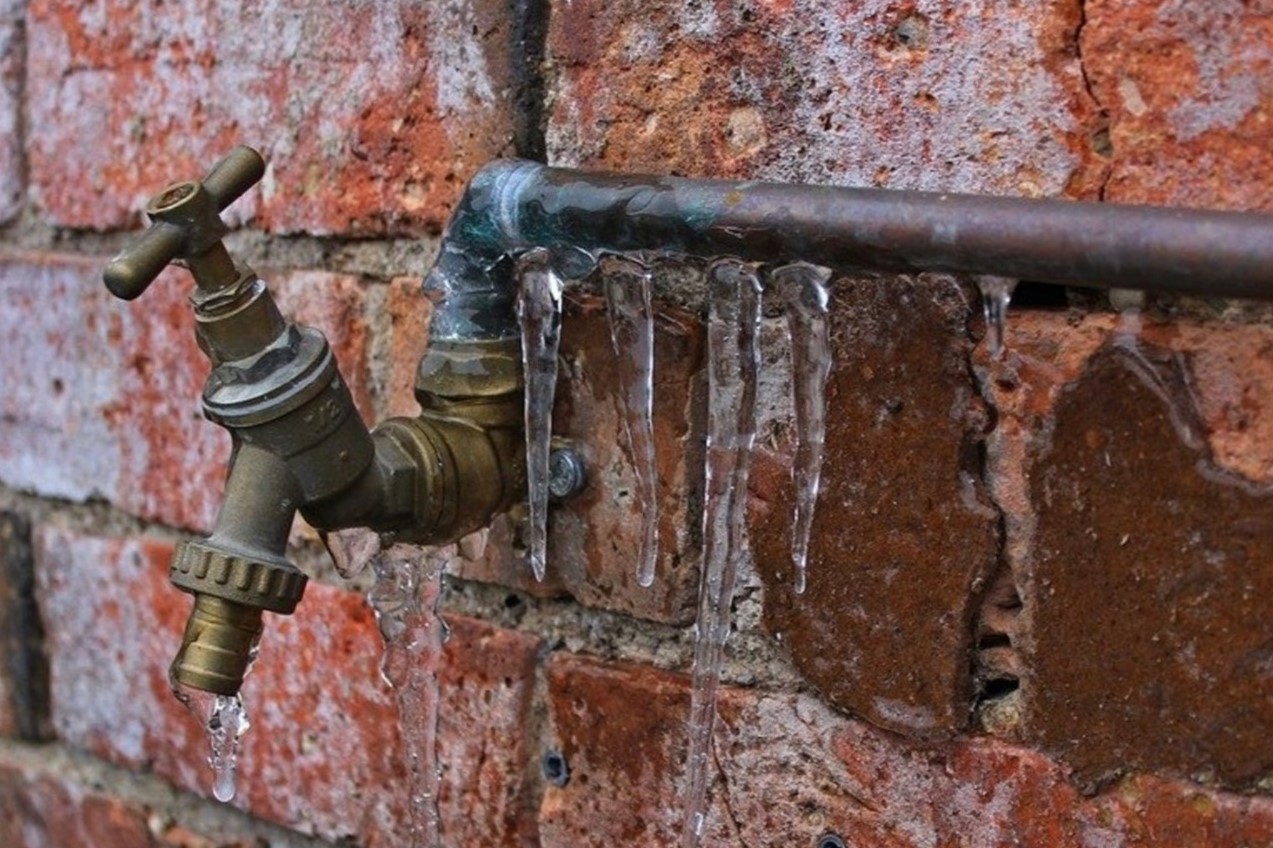
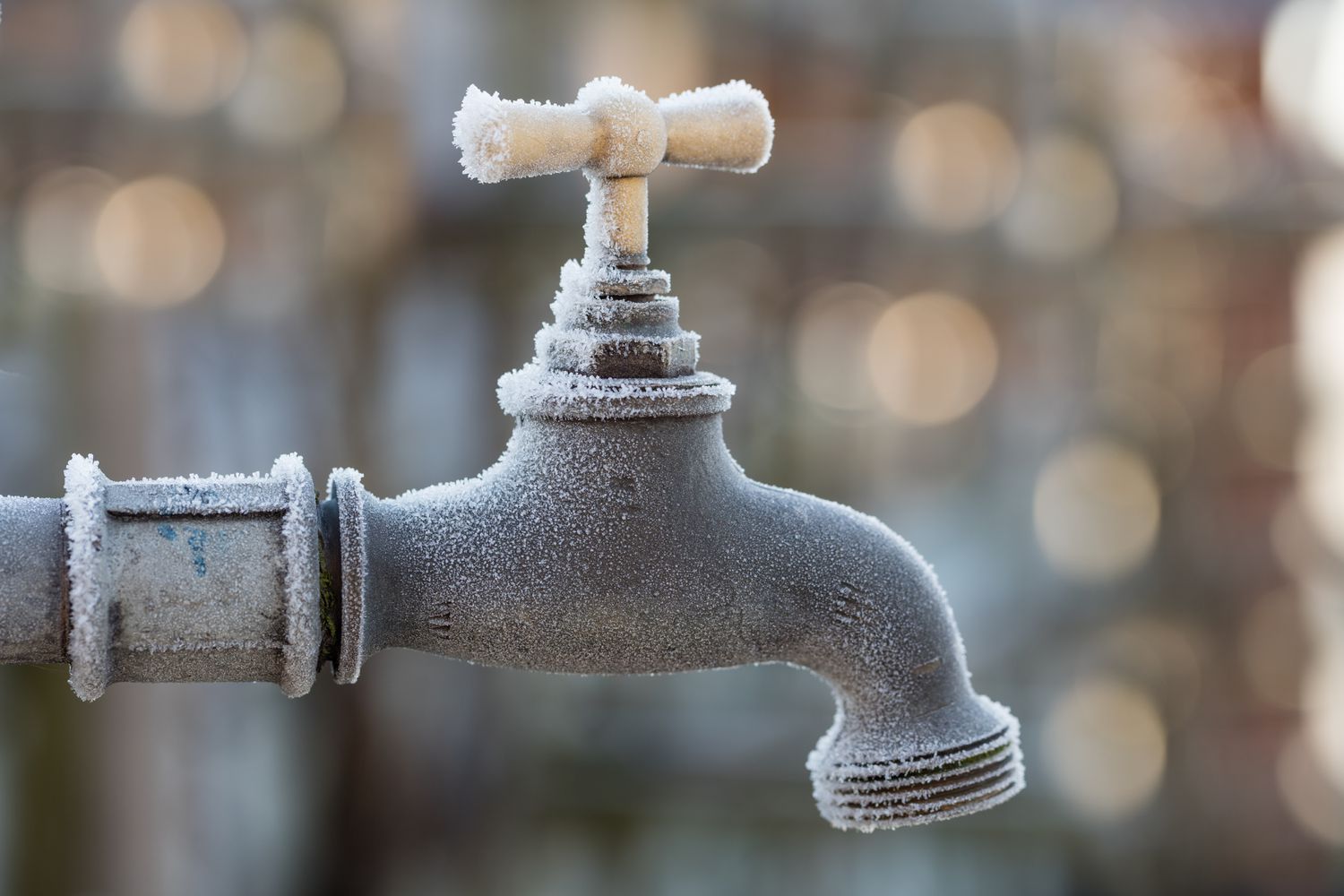
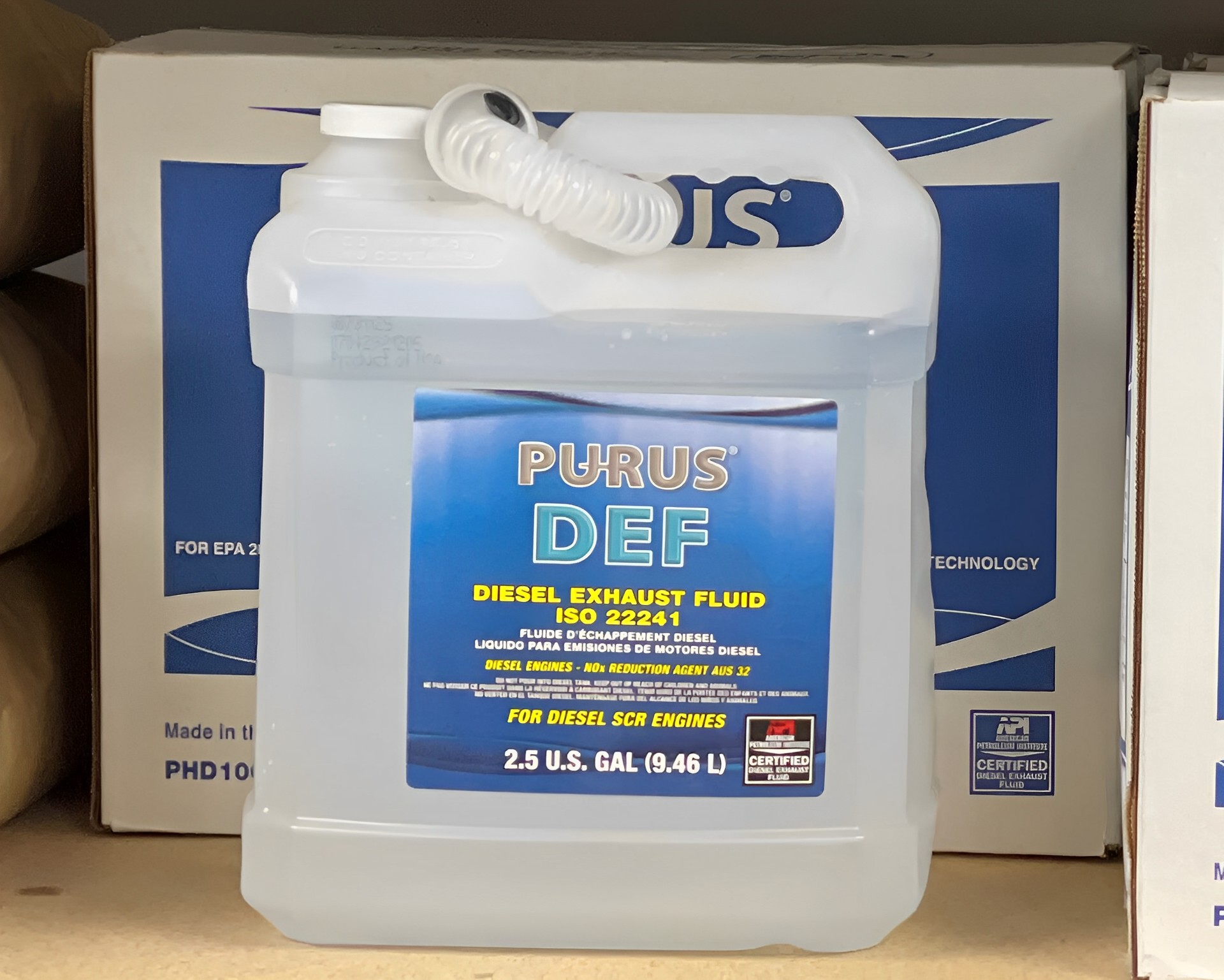

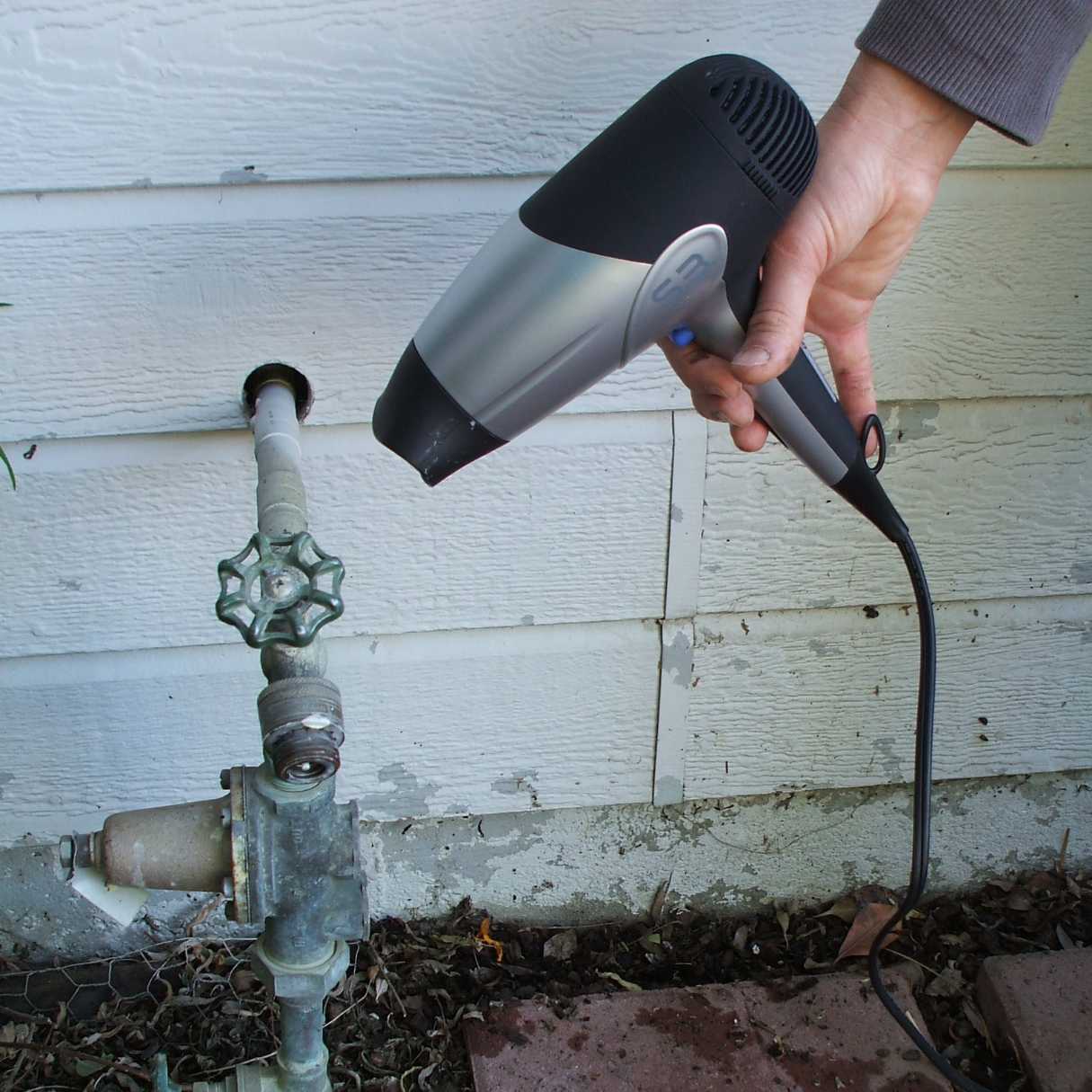

0 thoughts on “How To Thaw Frozen Washer Fluid Lines”